Distinguishing species in the Asplenium nidus group can be challenging. If anyone wants to weigh in on the identification of this plant, please comment below.
Collection Data (S. A. James & M. Sundue 1580)
Classification & Common Names
- Class: Polypodiopsida
- Family: Aspleniaceae
- Genus: Asplenium L.
- Species: Asplenium musifolium Mett.
- Var./Subsp.:
- Common name(s):
General Collection Data
- Date: 6-II-2013
- Primary Collector & #: S. A. James & M. Sundue 1580
- Collection Party: Shelley James, Michael Sundue, Allen Allison, Si He, Dubi Damas, Bulisa Iova, Oliver Tallowin
- Det. History: M. Sundue
- Habitat: Primary Forest
- Habit: Epiphyte
- Specimen Locations: BISH, LAE, VT
Additional Comments
Collection Location
- Location: Sibium Mtns. – – – Northern Province – Papua New Guinea.
- Coordinates: 9.27446°S, 148.26468°E
- Elevation: 740 m

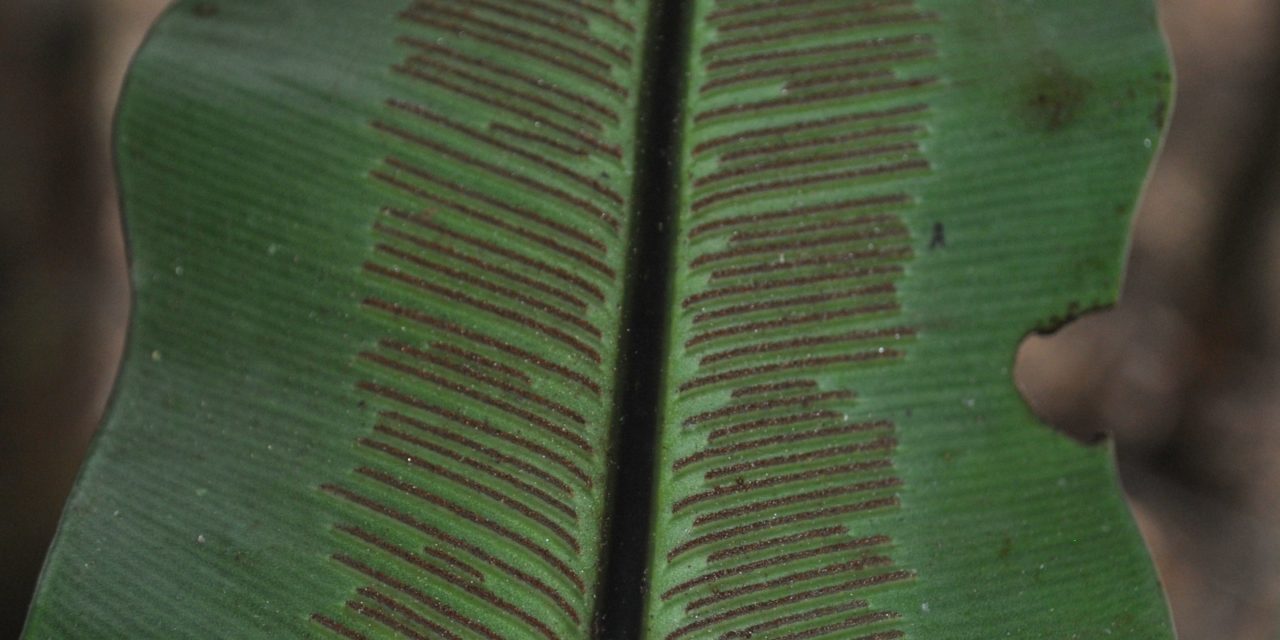
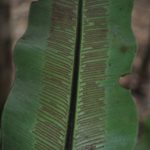
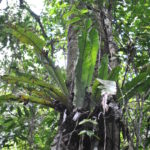
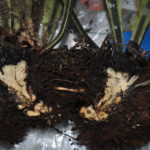
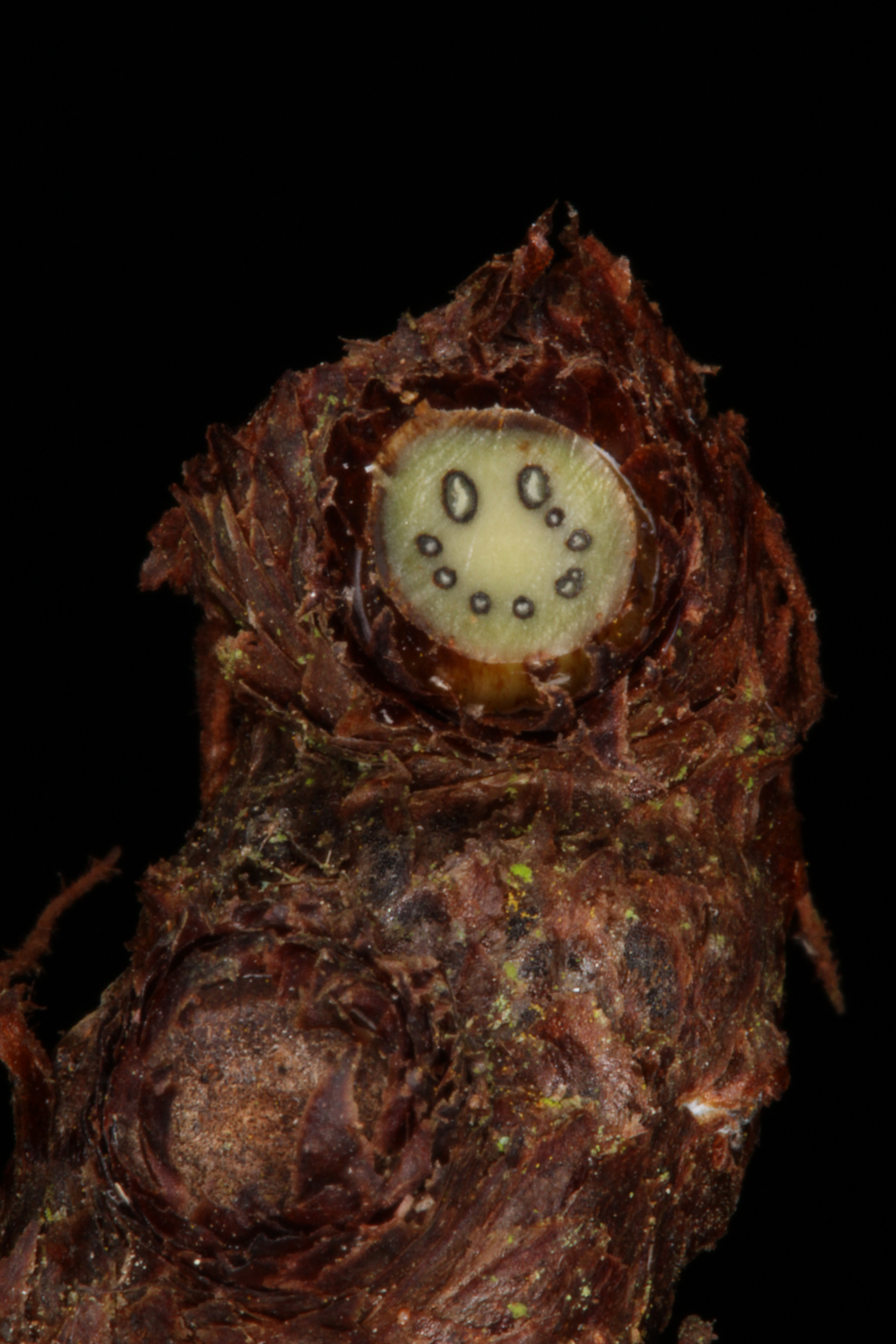
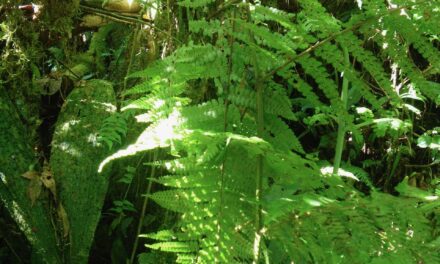
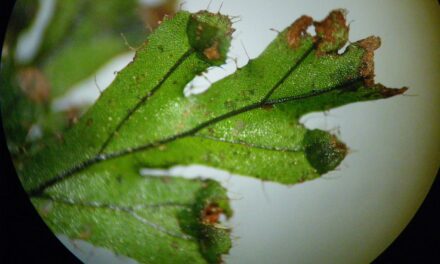
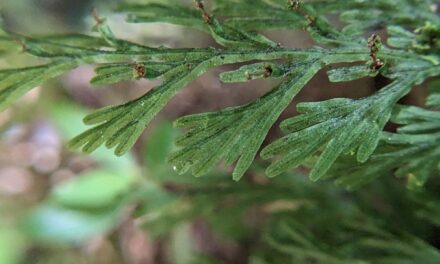
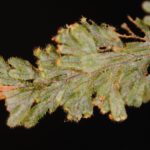
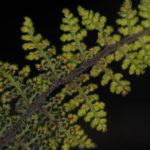
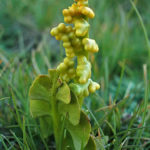
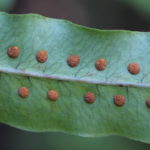
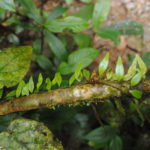
The rachis is keeled on the abaxial surface, yes? If so, that would push it towards A. australasicum. That distinction (abaxial surface of rachis keeled or not) works well in Australia, but I’ve struggled to apply it in the Pacific (where the character states seem not so discrete); I don’t know what happens in New Guinea.
Thanks for the comment Leon. I collected A. australasicum in Queensland, Australia that does have a distinctly keeled rachis exactly as you have pointed out. This plant from PNG does have a raised rachis abaxially, but the rachis is rounded, not keeled. Would you still apply the name A. australasicum knowing that?
Although I have a plant of A. australasicum here in the living room (!), I’m not sufficiently familiar with the broader group. But, no, I wouldn’t go with A. australasicum with a raised-but-rounded rachis. More work to be done in this group…
I now believe that A. musifolium is a better fit.